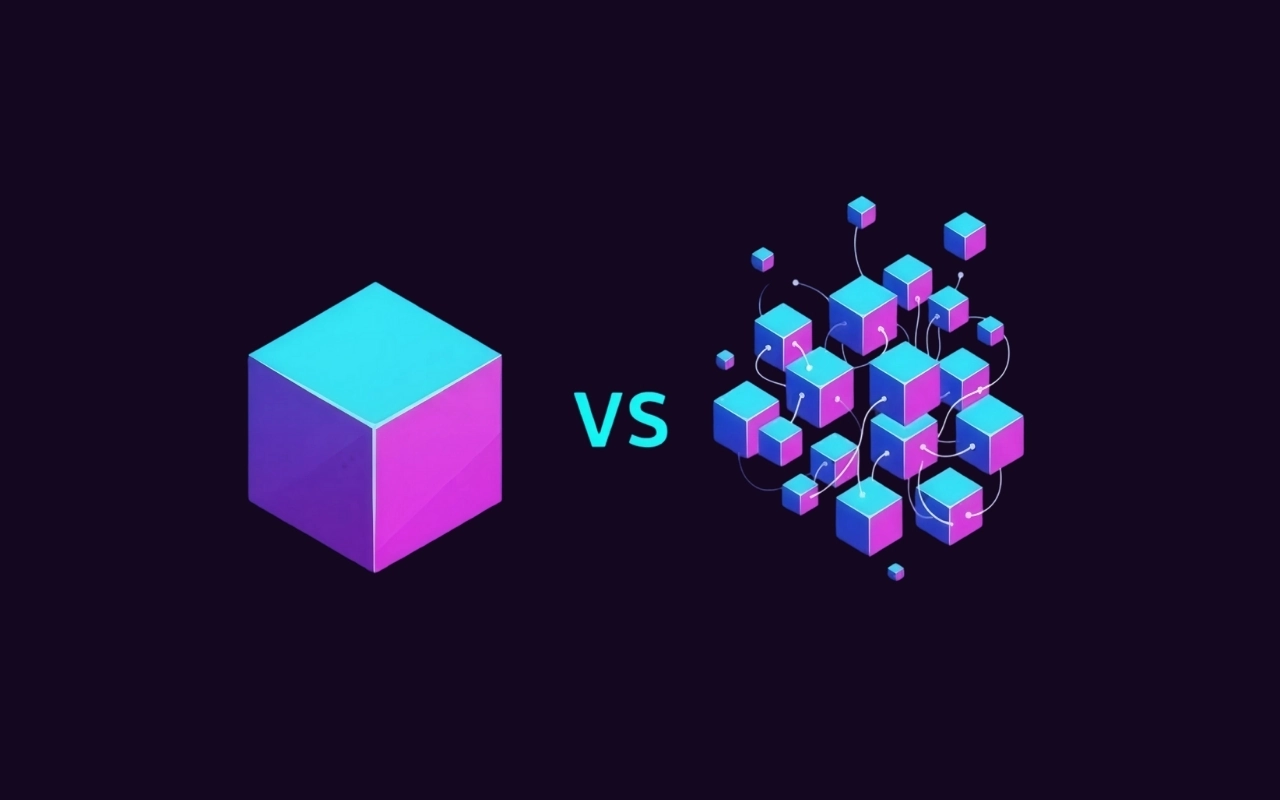Choosing the right framework is one of the most critical decisions in software development. If you’re evaluating Django vs Laravel, you’re not alone. These Two are some of the most popular frameworks, renowned for their ability to power a variety of projects-not just web applications. Whether you’re building APIs, mobile backends, machine learning workflows, or real-time systems, these frameworks are designed to handle diverse challenges.
So, which one is right for your next project? Let’s explore their unique strengths, use cases, and key differences to help you decide.
Django: Python-Powered Precision
Django is built on Python, a language celebrated for its readability and simplicity. If you value clean, maintainable code, Django might feel like a breath of fresh air. Its “batteries-included” philosophy ensures you have a comprehensive toolkit right out of the box. Features such as an admin panel, authentication, and ORM come ready to use, saving you the hassle of hunting for third-party solutions.
Django especially shines in high-scale environments. With its ability to handle large amounts of data and traffic, Django is a favorite for big players like Instagram. Its focus on security is another highlight, offering built-in protection against threats such as SQL injection and cross-site scripting. Whether you’re crafting a data-driven application or a content management system, Django supports rapid development without compromising reliability.
At Autonomous, we’ve used Django to successfully deliver complex projects for clients in diverse industries. For instance:
- SENE, a customer apparel e-commerce platform, had their order management system streamlined and their user interaction efficiency improved upon using Django, where we built a robust and scalable backend incorporating AI that continues to support their growing customer base.
- League of Basketball, a platform designed to foster the basketball community, required seamless data integrations and intuitive user engagement tools. Our Django-based solution enabled real-time match updates, efficient data handling, and enhanced usability for both players and fans.
- The Republic, a media and content platform, turned to us for a dynamic and creative solution to manage diverse content formats. Django’s flexibility allowed us to craft a system that efficiently handles multimedia and offers a smooth user experience.
These projects highlight Django’s versatility. However, it’s important to note that the framework choice ultimately depends on the unique requirements of each project.
Laravel: The Developer’s Playground
On the other hand, Laravel is the bread and butter of PHP developers. Known for its elegant syntax, Laravel makes coding feel intuitive and enjoyable. It’s a framework that emphasizes developer happiness, and it shows in features such as Blade templating and Eloquent ORM, which simplify even the most complex backend tasks.
Laravel offers a modular approach, allowing developers to piece together their ideal toolkit. This flexibility provides greater control over how your app is structured, which is ideal for projects that demand customization. Laravel is especially popular for learning management systems (LMS), social networking platforms, and multi-tenant SaaS applications.
For instance, learning platforms like Alison (a global LMS), which require features such as course management, progress tracking, user roles (e.g., teachers and students), and dynamic content delivery, benefit greatly from Laravel’s flexibility. Similarly, social platforms or forums with real-time messaging, notification systems, and user-generated content rely on Laravel’s robust ecosystem, which includes tools like Laravel Echo for WebSockets and real-time features.
Laravel also has a vibrant and growing community. Whether you’re a seasoned developer or just starting out, the tutorials, forums, and open-source packages available make it easy to dive in and stay supported.
Performance and Scalability
When handling millions of users or heavy traffic loads, performance is a key factor. Django has an edge here with its ability to scale effortlessly for high-performance applications. That’s one reason it powers giants like Instagram, where data and traffic volumes are massive.
Laravel performs admirably for most applications but may require additional fine-tuning to handle exponential traffic growth. For projects focused on flexibility and rapid development rather than raw processing power, Laravel is a fantastic choice.
Which One Should You Choose?
The real question is: What kind of project are you building?
If you’re working on a data-heavy application, need rapid development, or plan to integrate machine learning, Django’s Python roots and built-in tools make it a great choice. For instance, Django is ideal for data-driven dashboards, AI-powered recommendation engines, or healthcare platforms that process and analyze large datasets in real-time. Its compatibility with Python libraries such as Pandas and TensorFlow makes it a natural fit for such projects.
On the other hand, if your project revolves around user interactions, Laravel’s flexibility and developer-friendly ecosystem make it an excellent option. For example, Laravel is well-suited for building learning management systems (LMS) with features like course management, progress tracking, and user roles (e.g., teachers and students). It also excels in creating social networking platforms that require real-time messaging, notification systems, and multi-role user interactions. Laravel’s ecosystem, including tools like Laravel Echo for real-time updates, is a key enabler for such applications.
Final Thoughts
So, Django vs Laravel—which wins?
There’s no definitive winner here. Django and Laravel are both exceptional frameworks with unique strengths. The best choice depends on your specific project requirements, your team’s familiarity with Python or PHP, and how much flexibility you need in your development process.
Frameworks are tools, and the value of any tool lies in how effectively it solves your problem. Consider your project’s goals, weigh the strengths of each framework, and make an informed choice. With the right foundation, you’ll have the tools you need to build something extraordinary.
Still unsure about which framework is the right fit for your project? Reach out to us for a free consulting call and let’s explore the best solution together.




